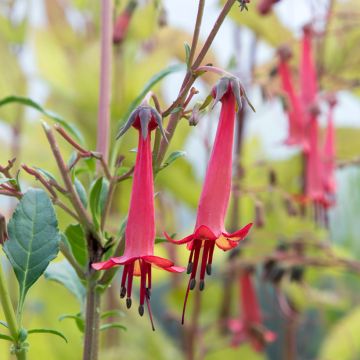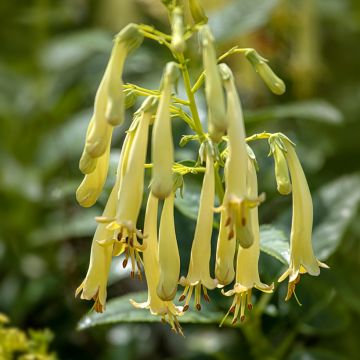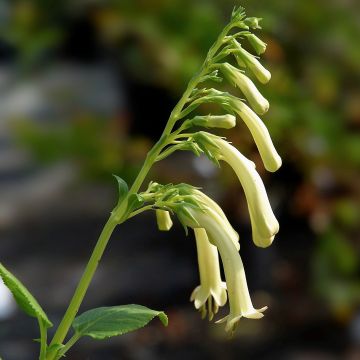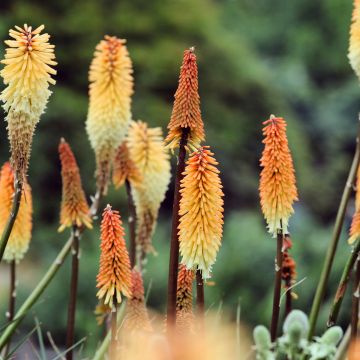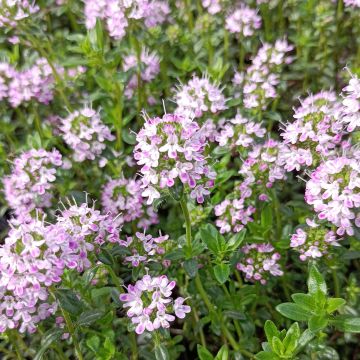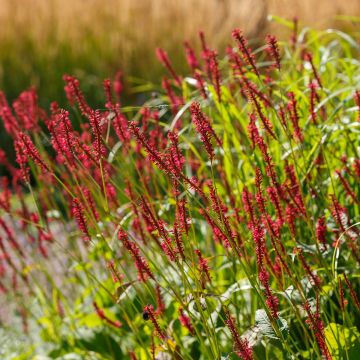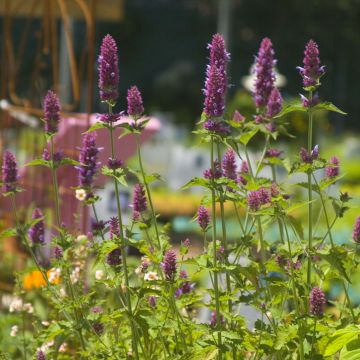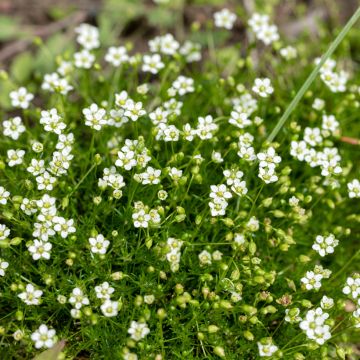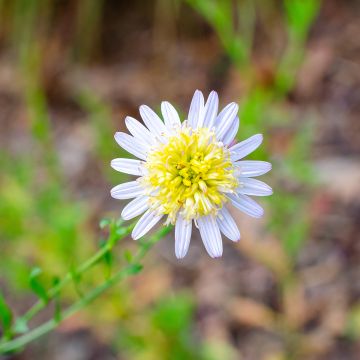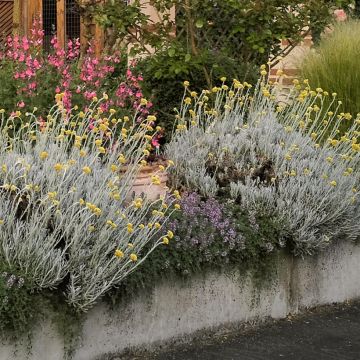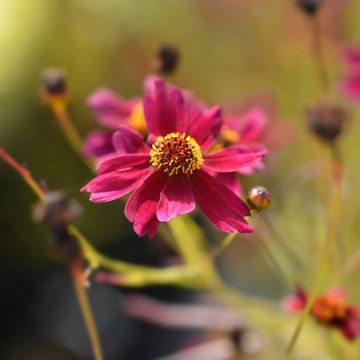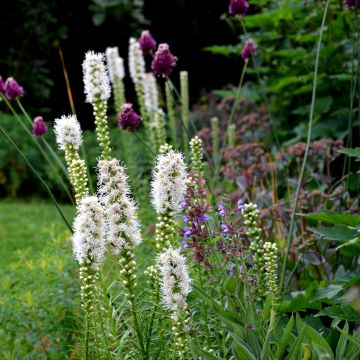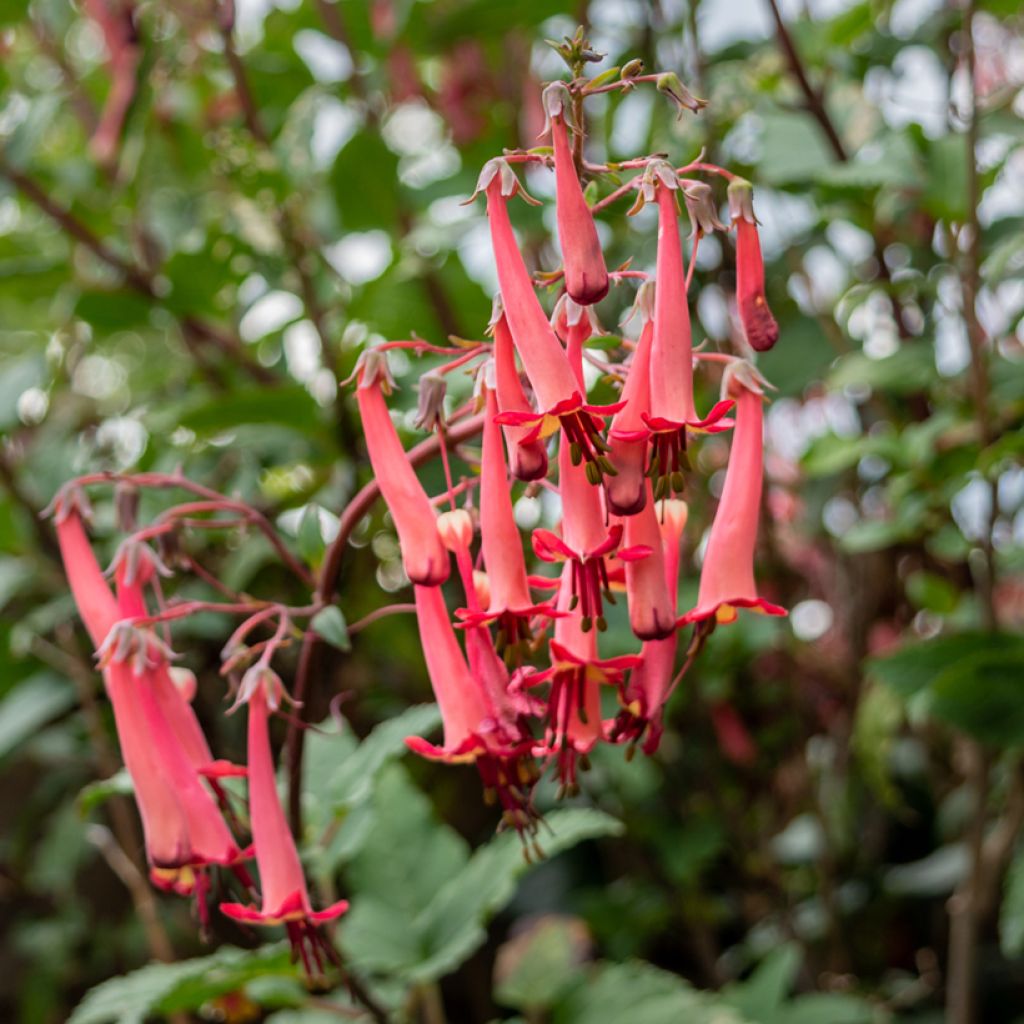

Phygelius capensis - Cape Fuchsia
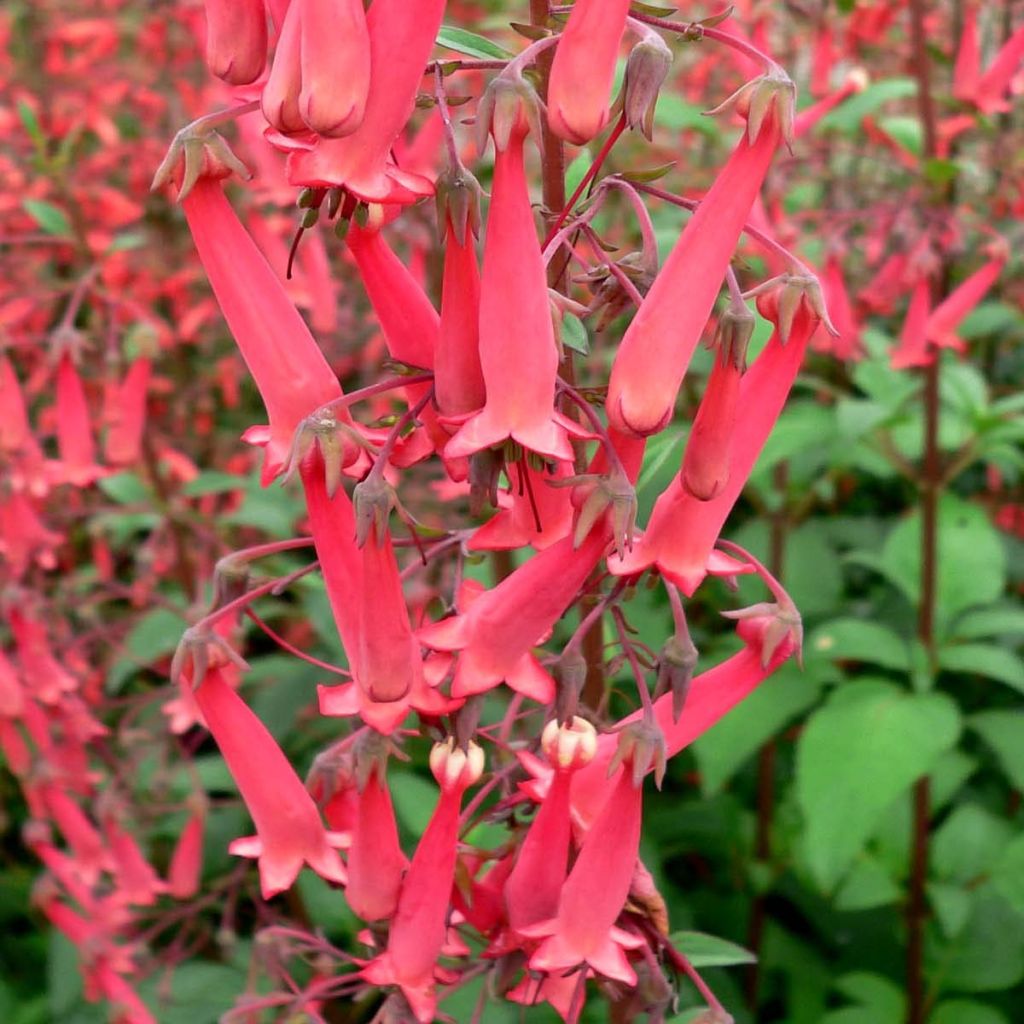

Phygelius capensis - Cape Fuchsia
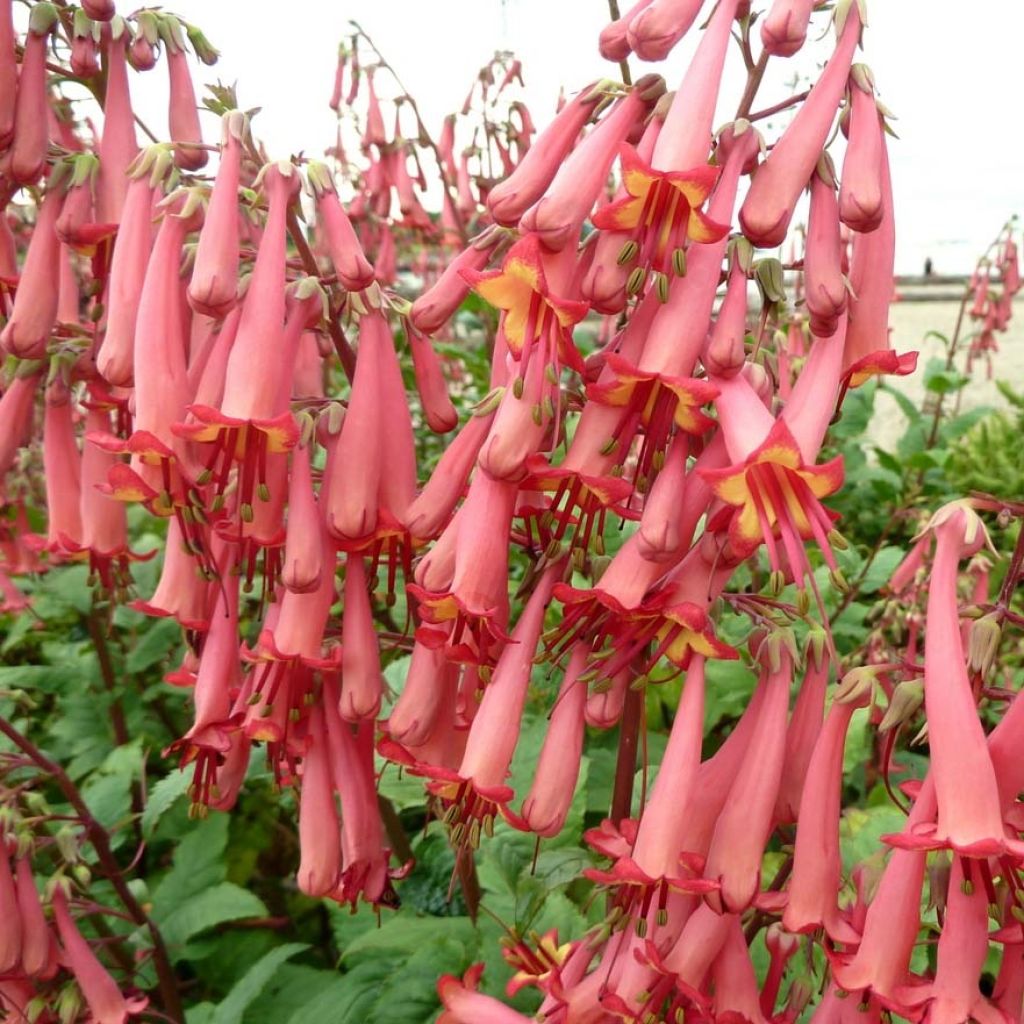

Phygelius capensis - Cape Fuchsia
Phygelius capensis - Cape Fuchsia
Phygelius capensis
Cape Fuchsia, Cape Figwort
This item cannot be shipped to the selected country
Delivery charge from €5.90
More information
Schedule delivery date,
and select date in basket
This plant carries a 12 months recovery warranty
More information
We guarantee the quality of our plants for a full growing cycle, and will replace at our expense any plant that fails to recover under normal climatic and planting conditions.
From €5.90 for pickup delivery and €6.90 for home delivery
Express home delivery from €8.90.
Does this plant fit my garden?
Set up your Plantfit profile →
Description
Phygelius capensis, better known as the Cape Fuchsia, is less popular than hardy American fuchsias, but it is an excellent alternative for decorating our gardens and patios from spring to the first cold weather. Capable of withstanding our normal winters if its stump is well protected, this beautiful bushy perennial produces inflorescences loaded with long tubular and pendulous bell-shaped flowers, whose red-orange to soft coral colour is easy on the eyes. They seem to be suspended above its dark green foliage, which will persist more or less throughout the winter depending on the climate. This botanical species grows rapidly and blooms in the first year of planting. The Cape Fuchsia thrives in a moist but well-drained soil, in full sun or partial shade.
Perhaps called Cape Fuchsia because of the shape of its flowers and foliage, Phygelius capensis is an herbaceous shrub with a woody base, evergreen in its native climate and considered a bushy perennial in cold climates. It belongs to the Scrophulariaceae family, not the Onagraceae family, which includes the well-known genus Fuchsia. In its native South African lands, this plant thrives as a 2m (7ft) tall shrub, not far from the torrents and watercourses that descend from the Drakensberg and Lesotho mountains, on moist but well-drained soils. Its hardiness is roughly equivalent, if not superior, to that of Fuchsia magellanica, -12/-15°C (10.4/5°F). The stump produces underground stolons that allow the plant to spread without being invasive.
Under our climates, Cape Fuchsia forms a clump of leafy stems that rarely exceeds 1m (3ft) in all directions. In this botanical species, the flowers are positioned all around the floral stem, not just on one side. They are grouped in spikes of 20 to 30 cm (8 to 12in), at the end of floral stems tinged with reddish-brown. They bloom throughout the summer on a dense bush, almost mature in a matter of months. Each flower, in the form of a trailing trumpet, is carried by a recurved peduncle. The corolla forms a very elongated tube measuring 5 to 7 cm (2 to 3in) in length, open with 5 lobes in a lovely red-orange shade, bordered by a darker shade, from which the stamens and pistil in a dark pink colour emerge. The flower's throat is maculate with yellow. The foliage consists of simple leaves, narrowly ovate, with a cordate base and dentate margins. Their colour is a dark green. Below -7°C (19.4°F), the foliage becomes deciduous, while it persists throughout the winter in mild climates. The fruits, less than 1 cm (0.2 in) in diameter, are light brown in colour.
Gardeners in continental regions should plant the Cape Fuschia in a large pot to overwinter. Phygelius are perennials that bring an exotic touch to wild-looking beds, as their flowers, smaller than those of penstemons, and their softer and richer hues harmonise with numerous pastel or brighter blooms. For example, associate them with angel's fishing rods (Dierama), grasses like Miscanthus and Eragrostis, Gaura, Liatris...
Report an error about the product description
Phygelius capensis - Cape Fuchsia in pictures
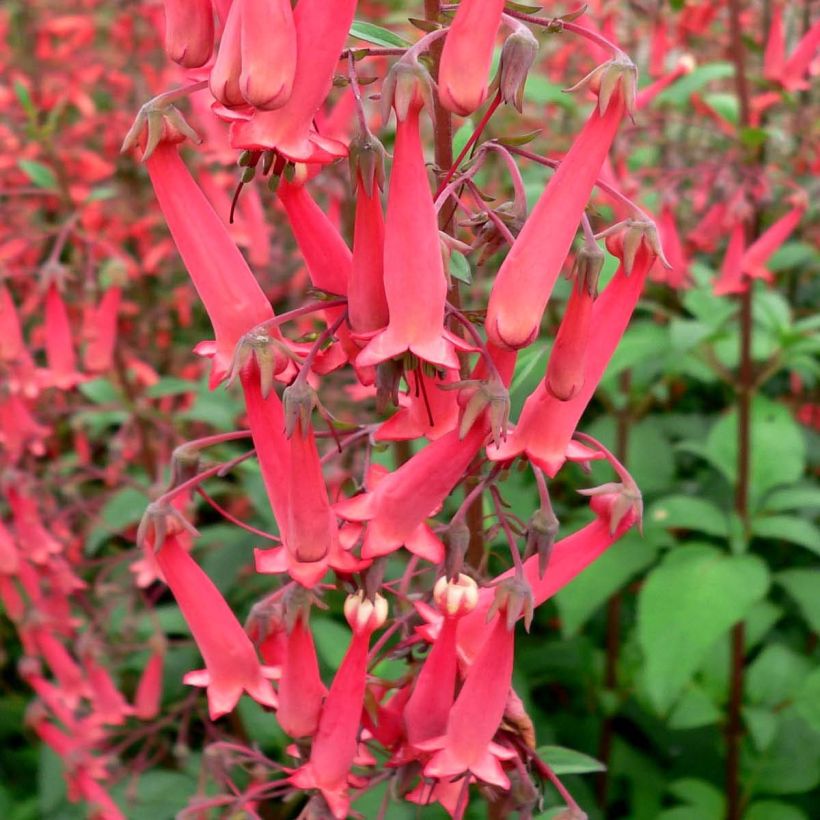

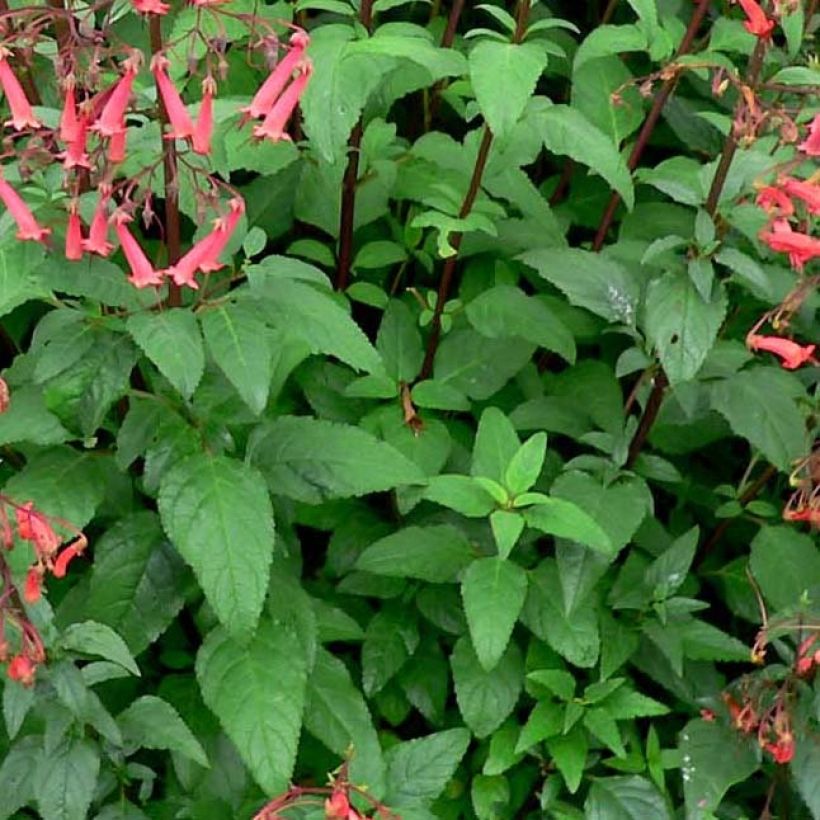

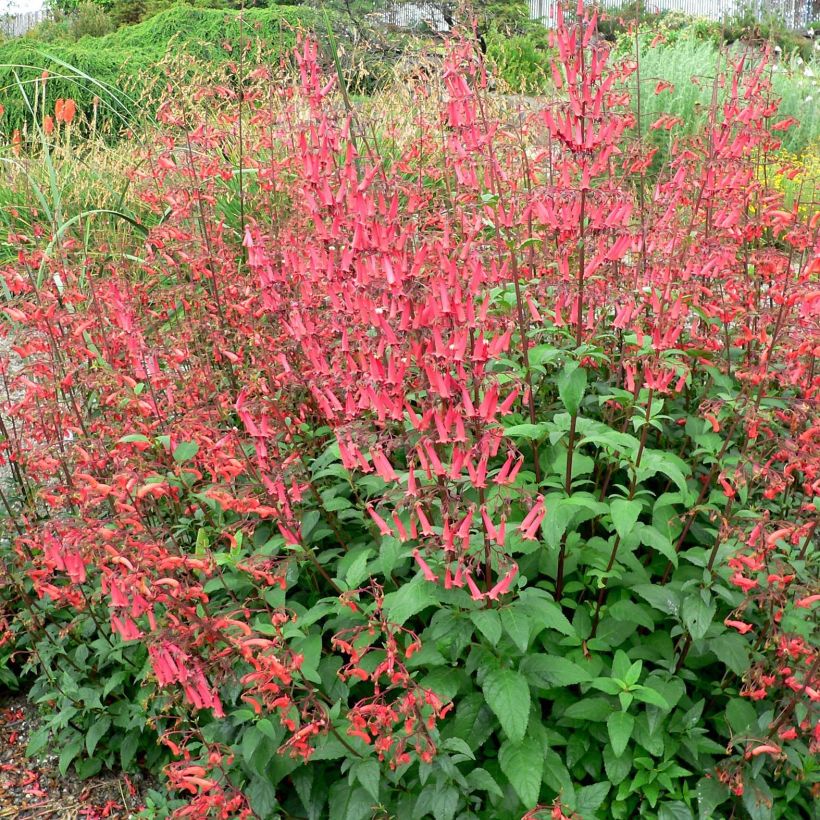

Flowering
Foliage
Plant habit
Botanical data
Phygelius
capensis
Scrophulariaceae
Cape Fuchsia, Cape Figwort
South Africa
Other Phygelius
Planting and care
Phygelius should preferably be planted in April to allow the plants enough time to establish their roots. Fairly easy to grow this plant accepts all types of acidic, neutral, or limestone soils, as long as they are well-drained in winter, with a preference for fertile, clay, and damp soil in summer. However, it does not tolerate salty winds from the coast very well. Regular watering in summer supports flowering, which can continue until frosts. It may be useful to mulch the soil during summer to retain moisture. Mulch the stump in autumn and ensure that the soil remains relatively dry in winter In winter, the foliage dies below -7°C (19.4°F), but the vegetation regrows from the stump in spring. During flowering, regularly prune faded inflorescences.
Loosen the soil deeply, mixing compost with your garden soil, and ensure good drainage. Add gravel or sand to the mixture and at the bottom of the planting hole if necessary.
Cultivation in pots:
In a pot, use a container with a diameter and height of 20 cm (8in), filled with fertile compost, making sure to place a drainage layer at the bottom. Protect the stump in winter with a thick layer of dead leaves, and place the pot against a south-facing wall or in a bright and lightly heated space, sheltered from severe frosts.
Planting period
Intended location
Care
-
, onOrder confirmed
Reply from on Promesse de fleurs
Summer flowering perennials
Haven't found what you were looking for?
Hardiness is the lowest winter temperature a plant can endure without suffering serious damage or even dying. However, hardiness is affected by location (a sheltered area, such as a patio), protection (winter cover) and soil type (hardiness is improved by well-drained soil).

Photo Sharing Terms & Conditions
In order to encourage gardeners to interact and share their experiences, Promesse de fleurs offers various media enabling content to be uploaded onto its Site - in particular via the ‘Photo sharing’ module.
The User agrees to refrain from:
- Posting any content that is illegal, prejudicial, insulting, racist, inciteful to hatred, revisionist, contrary to public decency, that infringes on privacy or on the privacy rights of third parties, in particular the publicity rights of persons and goods, intellectual property rights, or the right to privacy.
- Submitting content on behalf of a third party;
- Impersonate the identity of a third party and/or publish any personal information about a third party;
In general, the User undertakes to refrain from any unethical behaviour.
All Content (in particular text, comments, files, images, photos, videos, creative works, etc.), which may be subject to property or intellectual property rights, image or other private rights, shall remain the property of the User, subject to the limited rights granted by the terms of the licence granted by Promesse de fleurs as stated below. Users are at liberty to publish or not to publish such Content on the Site, notably via the ‘Photo Sharing’ facility, and accept that this Content shall be made public and freely accessible, notably on the Internet.
Users further acknowledge, undertake to have ,and guarantee that they hold all necessary rights and permissions to publish such material on the Site, in particular with regard to the legislation in force pertaining to any privacy, property, intellectual property, image, or contractual rights, or rights of any other nature. By publishing such Content on the Site, Users acknowledge accepting full liability as publishers of the Content within the meaning of the law, and grant Promesse de fleurs, free of charge, an inclusive, worldwide licence for the said Content for the entire duration of its publication, including all reproduction, representation, up/downloading, displaying, performing, transmission, and storage rights.
Users also grant permission for their name to be linked to the Content and accept that this link may not always be made available.
By engaging in posting material, Users consent to their Content becoming automatically accessible on the Internet, in particular on other sites and/or blogs and/or web pages of the Promesse de fleurs site, including in particular social pages and the Promesse de fleurs catalogue.
Users may secure the removal of entrusted content free of charge by issuing a simple request via our contact form.
The flowering period indicated on our website applies to countries and regions located in USDA zone 8 (France, the United Kingdom, Ireland, the Netherlands, etc.)
It will vary according to where you live:
- In zones 9 to 10 (Italy, Spain, Greece, etc.), flowering will occur about 2 to 4 weeks earlier.
- In zones 6 to 7 (Germany, Poland, Slovenia, and lower mountainous regions), flowering will be delayed by 2 to 3 weeks.
- In zone 5 (Central Europe, Scandinavia), blooming will be delayed by 3 to 5 weeks.
In temperate climates, pruning of spring-flowering shrubs (forsythia, spireas, etc.) should be done just after flowering.
Pruning of summer-flowering shrubs (Indian Lilac, Perovskia, etc.) can be done in winter or spring.
In cold regions as well as with frost-sensitive plants, avoid pruning too early when severe frosts may still occur.
The planting period indicated on our website applies to countries and regions located in USDA zone 8 (France, United Kingdom, Ireland, Netherlands).
It will vary according to where you live:
- In Mediterranean zones (Marseille, Madrid, Milan, etc.), autumn and winter are the best planting periods.
- In continental zones (Strasbourg, Munich, Vienna, etc.), delay planting by 2 to 3 weeks in spring and bring it forward by 2 to 4 weeks in autumn.
- In mountainous regions (the Alps, Pyrenees, Carpathians, etc.), it is best to plant in late spring (May-June) or late summer (August-September).
The harvesting period indicated on our website applies to countries and regions in USDA zone 8 (France, England, Ireland, the Netherlands).
In colder areas (Scandinavia, Poland, Austria...) fruit and vegetable harvests are likely to be delayed by 3-4 weeks.
In warmer areas (Italy, Spain, Greece, etc.), harvesting will probably take place earlier, depending on weather conditions.
The sowing periods indicated on our website apply to countries and regions within USDA Zone 8 (France, UK, Ireland, Netherlands).
In colder areas (Scandinavia, Poland, Austria...), delay any outdoor sowing by 3-4 weeks, or sow under glass.
In warmer climes (Italy, Spain, Greece, etc.), bring outdoor sowing forward by a few weeks.

































